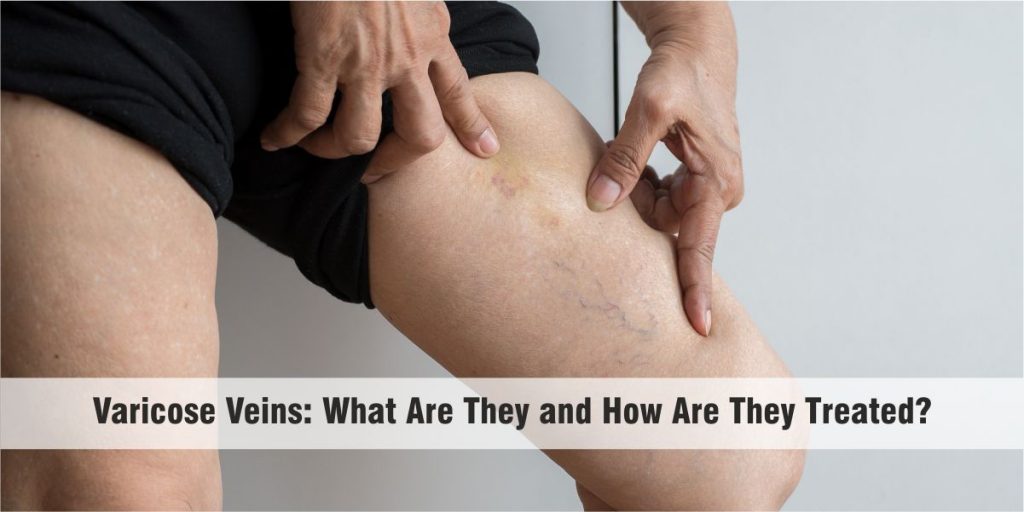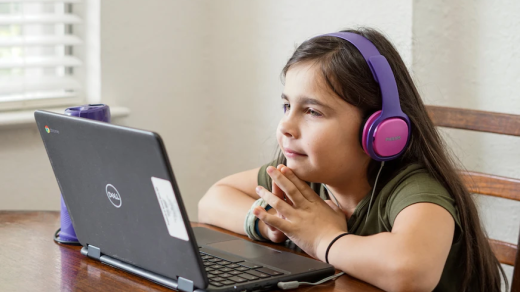Varicose veins are twisted, enlarged veins caused by increased blood pressure. When the valves in the vein become weakened, strained, or damaged, blood can begin to pool, causing varicose or spider vein treatment near me. If left untreated, varicose veins can become painful, make it difficult to move and walk around, and disrupt the daily functioning of everyday life.

Valves can become blocked due to a number of factors such as obesity, genetics, pregnancy, high blood pressure, diabetes, or lifestyle. Varicose veins are typically located on the lower leg, but they can also be found on the thigh, shin, foot, or anywhere else in the body.
Varicose vein removal usually takes between one and two hours. However, it could take longer depending on the severity of the situation. Procedure length is also determined by:
- Location on the body
- Amount of veins
- Age
- Weight
- Activity level
- Presence of other skin abnormalities
- Pre-existing medical conditions
The procedure is done in two stages involving either a laser or heat application. It may become more complicated if the surgery requires going deeper through layers of fat and muscle tissue. Some people with severe cases may require multiple treatments over a longer period of time. However, people with mild to moderate cases may see results in as few as one or two treatments.
Varicose veins can appear on the back of the legs and below the knees, sometimes in both areas. The best way to prevent them from occurring is to avoid wearing tight or high-heeled shoes, stop smoking and avoid standing up too quickly.
How Are Varicose Veins Treated or Removed?
Varicose veins are a common condition and can cause problems such as discomfort and pain. If left untreated, they can also become infected or develop into more serious problems such as blood clots, chronic inflammation, ulcers, phlebitis, and DVT. Even minor or mild symptoms can be indicators of underlying issues and, if ignored, can worsen over time.
Varicose veins are enlarged blood vessels. One type of vein is the tributary system that drains blood from each leg. These tributaries are attached to larger veins that carry blood to the heart. If too much pressure builds up in these tributaries, the veins swell, and the skin around them becomes reddish or purple.
There are several surgical options available for varicose vein treatment and removal. These include laser therapy, cryoablation, sclerotherapy, and radiofrequency ablation. A doctor will either use laser or thermal technology to destroy the vein underneath the delicate tissue, or they will inject a special solution into the vein and then vacuum it out.
What Causes Varicose Veins?
Varicose veins occur when there is a problem with blood circulation or there is a build up of fluid under the skin. This can be caused by damaged or broken blood vessels, or weak valves. Some varicose veins cause no pain and do not require any treatment. However, varicose veins are a serious concern for some people, whether medically or cosmetically.
There are many reasons behind varicose veins, and they’re different for each person and situation. There are also risk factors to take into consideration that contribute to the probability of developing or worsening varicose veins. Here are a few:
- Genetics
- Obesity
- Pregnancy
- Diabetes
- Drug use
- Lack of physical activity
- Sitting for long periods of time
- Standing for long periods of time
- Clothes or shoes that are too tight
Varicose veins are one of the most common types of leg vein problems. They result from an enlarged, twisted, and narrowed vein that has been damaged by excessive pressure or swelling. When the valves become worn, they allow blood to flow more freely, resulting in swollen and unsightly veins. They may also appear after a long illness or a drastic change in weight.
The varicose vein is a condition that affects the veins in the legs and turns them red due to poor blood circulation. The varicose veins are more noticeable when you walk or stand for a long time. In addition, varicose veins can cause swelling, heaviness, and sudden pain, which makes this condition difficult to live with.
Signs & Symptoms of Varicose Veins
Venous disease, or the presence of varicose veins, is a medical problem that may cause swelling and discomfort, typically in the legs. Spider veins are a commonly known type of varicose vein. Varicose veins vary in size, shape, and severity from small enlarged bumps, to thin streaks, to large painful lumps.
They can typically be diagnosed visually as appearing discolored (red, blue, or purple) and enlarged (bulging abnormally far out of the skin).
Physical symptoms of varicose veins vary from mild to severe and include:
- Redness, swelling, itching, or tingling of the skin
- Pain, aching, cramping, or throbbing in the ankles, calves, and legs
- Weakness or pain in the affected area
- Difficulty sitting or standing for long periods of time
If left untreated, varicose veins can lead to these symptoms or even worse complications.
Conclusion
Varicose veins are skin swollen, thin-walled vessels that can be found in the deeper layers of the legs. While not considered a severe condition, varicose veins are unsightly and potentially painful. At the first sign or symptom of this condition, get treated by a Varicose Vein Specialist Near Me.




Recent Comments